It has been long publicized that the Ottawa Senators are not a team with a high hockey budget. For many years, the team has been mired in controversial acts of asset mismanagement. This has been a serious issue for the Senators that has resulted in the departure of players like Erik Karlsson, Mark Stone, and many others.
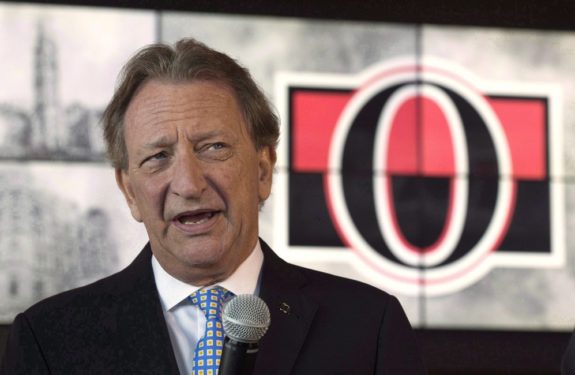
However, the Sens have shown an amazing ability to develop their own prospects into bonafide NHL players. So, the Senators do have a chance to be successful in today’s NHL. What they have to do is correctly manage their assets. In order to do that, they simply need to look to a sport where money is thrown around like candy: Major League Baseball (MLB).
Money Isn’t Everything
For those unfamiliar with how the MLB works, it often boils down on which team can spend that most money. Since there is no salary cap in baseball, the rich teams often wait until poor teams’ stars reach free agency, and simply buy them. Teams like the New York Yankees, Boston Red Sox, and Los Angeles Dodgers have been doing this for decades. All the while, teams like the Miami Marlins, Baltimore Orioles, and Pittsburgh Pirates have been the victims.
Teams have shown that they can get around the issue of being poor. Case in point, the case of the Oakland A’s, and Tampa Bay Rays. These teams are consistently near the bottom of the league in spending, and in Tampa’s case, almost always competitive. As an example, in 2019, the Rays spent $49 million on their payroll, this was dead last in baseball by about $5 million. They won 96 of 162 games. This is equal to about $510,000 per win.
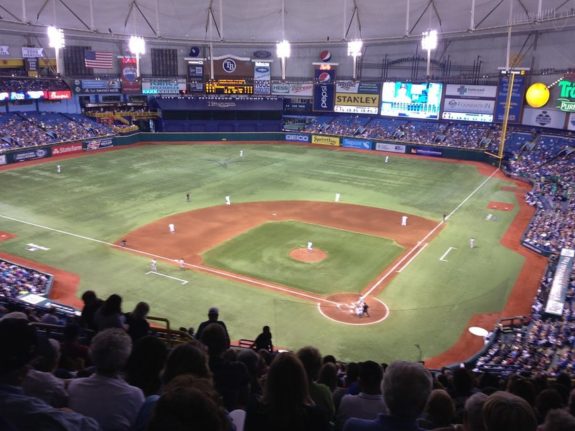
The Chicago Cubs, on the other hand, spent $194 million on their players in 2019. They won 84 games. The Cubs spent about $2.3 million per win. While there are variables that influence both the Cubs and the Rays, the point is that money does not always buy wins.
Moneyball
The reason this can happen in baseball is because teams can use their lack of budget to their advantage. The A’s teams from 2002 to the mid-2000s led by then-general manager Billy Beane developed a system that used their lack of money to their advantage. This of course was popularized in the book and movie of the same name, “Moneyball“.

Without getting too complicated, the system used math to find value in players that others couldn’t. While the movie was dramatized for entertainment value, the system did work to a certain extent (from ‘‘Moneyball’ is compelling, but leaves out much of the real story,’ Washington Post, 10/11/2011). With a minimal budget, the A’s did spend much of the early 2000s with winning seasons.
Develop From Within
How did the A’s and Rays manage to do this so well? Something consistent about MLB teams who succeed with low budgets is their ability to draft, develop and acquire talent via trade. In 2019, seven of the Rays starting nine were players that were either drafted or acquired via trade. This is essential to a team that can’t (or won’t) spend money in free agency. The A’s also managed to succeed in 2018 with a minimum payroll.
What “Moneyball” doesn’t mention is that the A’s happened to have had American League MVP Miguel Tejada and American League Cy Young winner Barry Zito on their roster during the 2002 season. Both of these players were developed by the A’s prior to the 2002 season.
In their current position, the Senators need to take a page from the Rays and A’s. If the Senators want to compete for Stanley Cups someday without spending to the cap, they’ll need to be very careful with how they use their assets. With all the negativity surrounding the Senators over the last few years, something gets lost in the eyes of fans – the club’s fantastic player development system.
The Senators have been fantastic at developing their draft picks. Karlsson was a 15th overall pick by the Senators in 2008, alongside Mika Zibanejad in 2011, and Thomas Chabot in 2015. Say what you will about Cody Ceci, but for a mid-first round pick, the majority of his career was well developed by Ottawa.
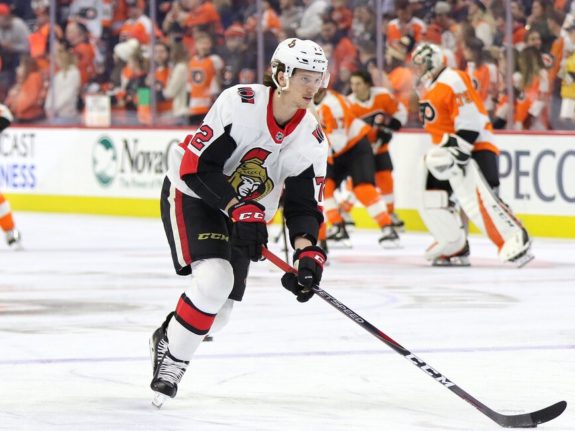
Even outside the first round, the Senators have been developing picks with great efficiency. Two fantastic players in Senators’ history were late-round picks – Mike Hoffman, selected in the fifth round in 2009, and Stone, a fifth-round selection in 2010. They have also had success stories when it comes to developing players that they have acquired. When Kyle Turris was acquired from the Phoenix Coyotes on Dec. 17, 2011, he was looked at as a bust after being picked third overall in 2007. The Senators were able to turn his career around and make him a productive player during his stint in Ottawa.
Success Isn’t Free
Unfortunately, another thing the Rays, A’s and Senators have in common is a lack of championships when the money runs out. The Rays and Sens have never won – the A’s last won a title in 1989. For all the success the “Moneyball” system brought Oakland, it came in the regular season.
Through the 2002-05 seasons in Oakland, they won 378 of 648 games. This is a consistent .583 winning percentage, but they won no World Series championships. It also resulted in the departure of several big names, like Josh Donaldson, from the A’s after the Moneyball era ended.
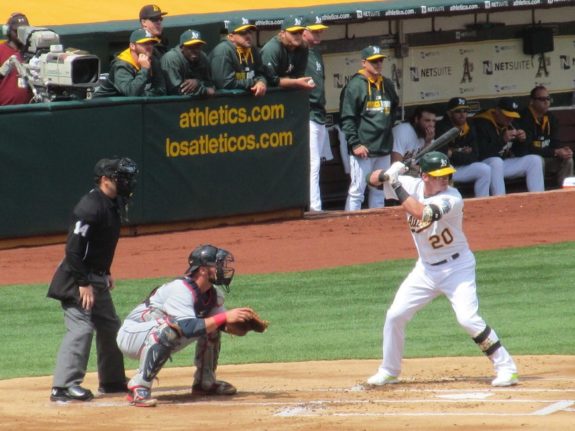
The Rays who were last in MLB payroll in 2008, made it to the World Series that year but lost. They too have had to either trade their stars or watch them walk in free agency. David Price, Carl Crawford, and Evan Longoria all became victims of this. The point being, you can succeed with a low budget. However, in order to win championships, you need to commit your resources completely.
Baseball is very obviously different than hockey in many ways. The point here is that it is very possible to win without spending obscene amounts of money. In today’s NHL, the salary cap can be a thorn in the side of several teams. This doesn’t exist in baseball, with the exception of the luxury tax, which the rich teams pay with no issues.
A Better Future in Ottawa
I’m not going to say anything about the Senators’ ownership – that’s been beaten to death. That being said, if owner Eugene Melynk is telling the truth when it comes to his claim that he will spend to the cap limit starting in 2021, the Senators will have a unique opportunity to compete, unlike previous iterations. Assuming the Senators have the money to spend to the cap in the 2021-22 season, and the player development department continues to thrive the Sens will be ready to compete for a Cup.
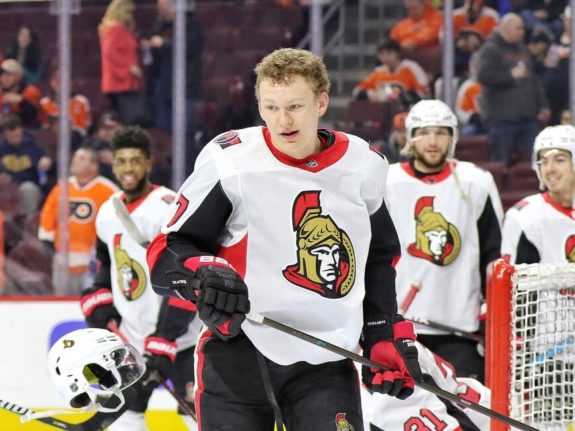
Players like Brady Tkachuk, Drake Batherson, Logan Brown, Josh Norris and whomever the Sens take with their two first-round picks this year, will be able to be signed to extensions without the worry of the finances running out. Combine this with the Senators prospect system, and the ability to be buyers at future trade deadlines, and we might be witnessing the beginning of a Sens run of success we haven’t seen since the mid-2000s.
The lesson that the Sens can learn from the Rays and A’s is such that you do not need to be rich in order to succeed in pro sports. If you want to be consistently competitive, you need more than just money. Player development, alongside a steady stream of currency, can turn a contender into a champion. If Ottawa can keep up their current path, they may have a championship before we realize it.
Get the latest Ottawa Senators news, rumors, commentary and analysis